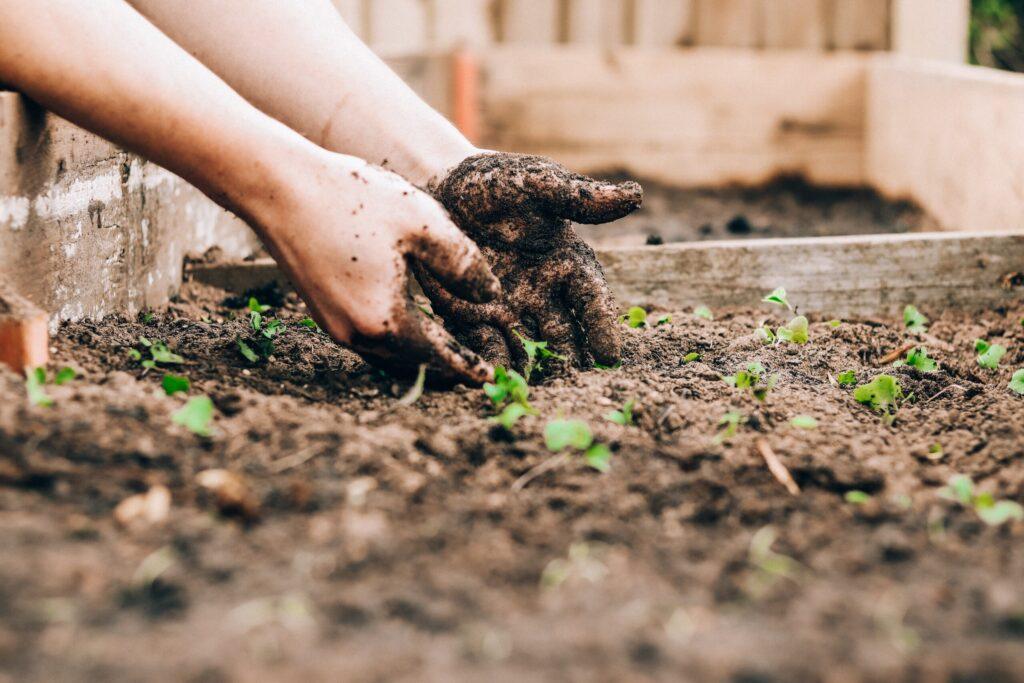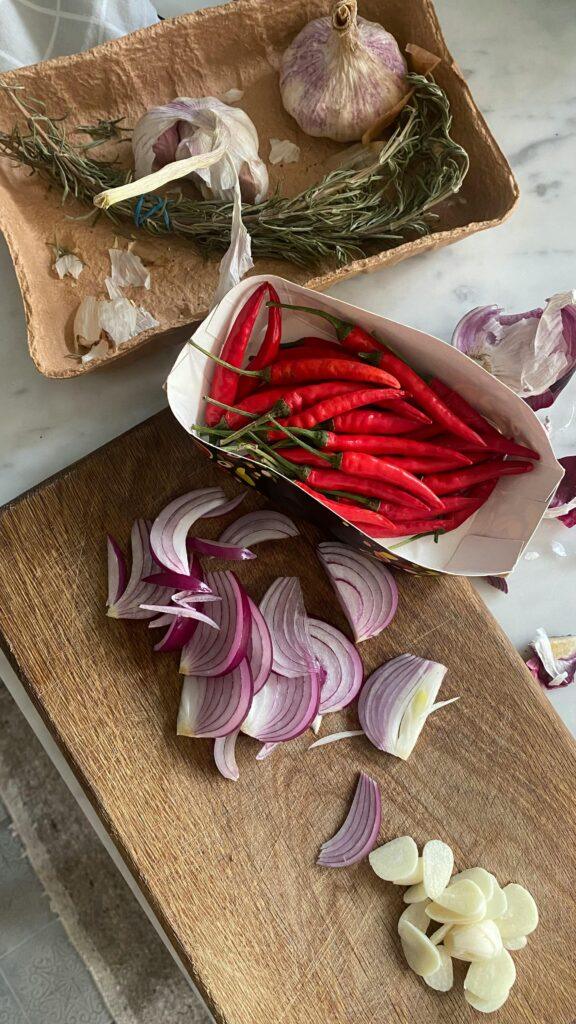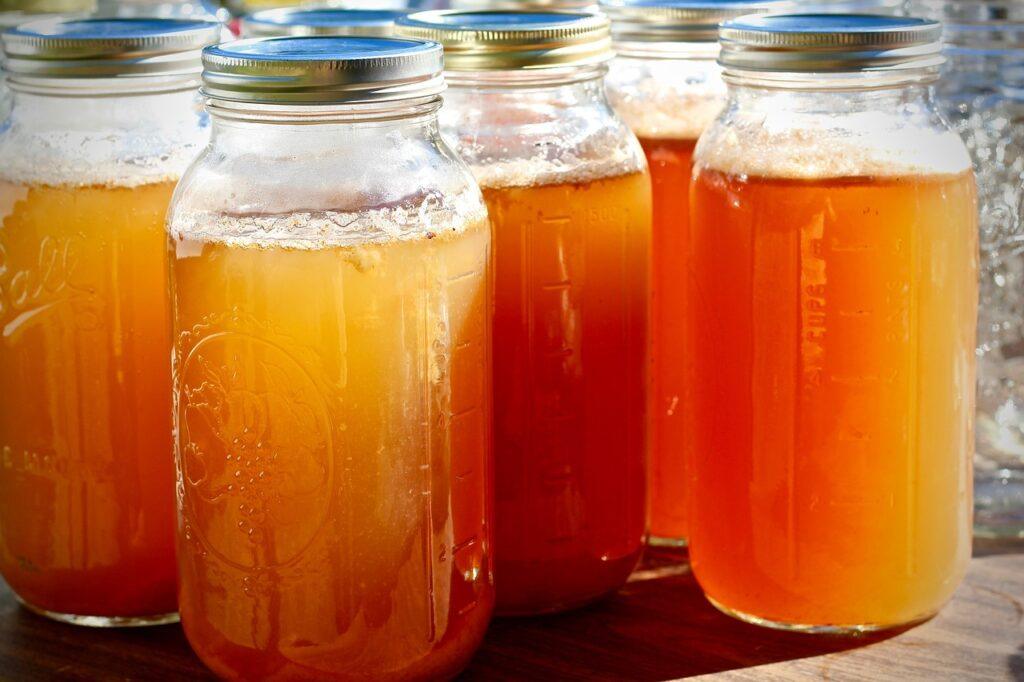The Fiery Heart of Homestead Immunity
As homesteaders, our hands are often in the soil, tending to gardens, caring for livestock, and preparing food from scratch. This deep connection to the land naturally extends to how we approach our health and wellness. We seek natural solutions, often turning to the bounty of our gardens and the wisdom of traditional folk remedies. And when the cooler months creep in, bringing with them sniffles and seasonal slowdowns, one particular immune-boosting tonic stands out as a true homestead hero: Fire Cider Tonic.

This pungent, potent, and utterly powerful brew has been a staple in folk medicine for centuries, celebrated for its ability to warm the body, clear congestion, and give your immune system the kickstart it needs. It’s a testament to the idea that nature provides everything we need to stay robust and resilient.
Today, we’re going to dive into the fiery world of homemade Fire Cider, exploring its incredible health benefits, how you can grow many of its potent ingredients right here in places all across Dixieland, and, of course, share my absolute favorite recipe and how I use it to keep my family well. Get ready to ignite your immunity!

What is Fire Cider Tonic? A Historical Powerhouse
At its core, Fire Cider is an apple cider vinegar (ACV) infusion packed with powerful, pungent herbs and roots. There’s no single “original” recipe; rather, it’s a traditional folk remedy that has evolved over generations, with variations passed down through families and communities. Its popularity surged in recent decades thanks to herbalists like Rosemary Gladstar, who championed its benefits and helped reintroduce this fiery fermented tonic to a wider audience.
The beauty of Fire Cider lies in its simplicity and adaptability. It’s a testament to the “food as medicine” philosophy, harnessing the synergistic power of common ingredients that are readily available – many of which you can even cultivate in your own garden. Think of it as a super-charged, immunity-boosting vinegar that you can take straight, mix into drinks, or even use in cooking.
Why Fire Cider? Unpacking the Health Benefits
The true power of Fire Cider lies in its potent ingredients, each bringing its own set of remarkable health benefits to the blend. When combined, their properties are amplified, creating a synergistic tonic that supports your body’s natural defenses.
- The Mighty Apple Cider Vinegar (ACV) Base: This foundational ingredient is a wellness superstar on its own. Unfiltered, raw ACV (with the “mother”) is packed with beneficial bacteria and enzymes that support gut health, which is crucial for a strong immune system. It aids digestion, can help balance pH levels, and acts as a powerful extractor, drawing out the medicinal compounds from the herbs and roots steeped within it.
- Garlic: The Pungent Protector: A non-negotiable in Fire Cider, garlic is widely known for its immune-boosting, antiviral, and antibacterial properties, primarily due to compounds like allicin. It’s a natural antibiotic and helps to clear congestion, making it a winter wellness must-have.
- Ginger: The Warming Warrior: This warming root is a powerhouse for stimulating circulation, soothing digestive upset, and fighting inflammation. Its pungent zing helps clear nasal passages and provides a comforting heat that feels wonderful when you’re battling a chill.
- Turmeric: The Golden Healer: Celebrated for its potent anti-inflammatory and antioxidant properties (thanks to curcumin), turmeric adds a vibrant color and a deep, earthy flavor. It supports overall immune function and is often used to alleviate aches and pains associated with colds and flu.
- Horseradish: The Sinus Clearer: This root brings the “fire” to Fire Cider! Its intense, sinus-clearing pungency is fantastic for breaking up congestion and promoting respiratory health. It’s also believed to have antibiotic properties.
- Onions, Peppers, and More: A Symphony of Support: Onions, like garlic, offer immune-supporting compounds. Hot peppers like jalapenos (or cayenne/habanero) provide capsaicin, which can help clear congestion and stimulate circulation. Other common additions like rosemary, thyme, and citrus fruits contribute antioxidants, vitamins, and additional medicinal properties, rounding out a truly comprehensive tonic.

Becoming Your Own Apothecary: Growing Your Fire Cider Ingredients
One of the most rewarding aspects of making Fire Cider for the homesteader is the opportunity to cultivate many of these powerful ingredients right in your own garden, transforming your backyard into your personal apothecary. Especially in the deep South, with our long growing seasons, the possibilities are abundant.
- Horseradish: A Permaculture Powerhouse: If you’re looking for a low-maintenance, high-impact plant, horseradish is your friend. Once established, it’s notoriously easy to grow and often becomes a perennial joy, popping up year after year with minimal effort. This means you’ll have a continuous supply of that sinus-clearing root for your Fire Cider and other culinary uses.
- Homegrown Garlic: Your Year-Round Ally: Planting garlic in the fall for a summer harvest is a quintessential homestead practice. Nothing compares to the flavor and potency of homegrown garlic. A few heads can go a long way in your Fire Cider, providing potent immune support straight from your soil.
- Peppers: Adding a Southern Kick: For those of us in warmer climates like lower Alabama, growing jalapenos (or hotter varieties like habaneros or cayenne if you dare!) is incredibly easy. A single plant can yield dozens of peppers, ensuring you have plenty of fresh, spicy heat for your tonic.
- Onions: The Versatile Staple: Onions are a kitchen garden staple for a reason. They’re relatively easy to grow and store well, meaning you can have a year-round supply of this foundational Fire Cider ingredient.
- Ginger & Turmeric: Cultivating Tropical Goodness in the Deep South: While often associated with tropical climates, both ginger and turmeric can be successfully grown in containers or garden beds in warmer regions like the deep South. Plant them in spring, and by fall, you can harvest fresh rhizomes bursting with flavor and medicinal compounds, truly making your Fire Cider a homegrown masterpiece.
By growing your own ingredients, you’re not only ensuring the freshest, most potent compounds for your tonic, but you’re also deepening your connection to the food and medicine you consume. It’s a tangible step towards greater self-sufficiency and resilience.

Crafting Your Fire Cider: The Fermentation Journey
Making Fire Cider is more of an art than an exact science, and the process is wonderfully forgiving. It’s a simple fermentation, where the apple cider vinegar acts as a solvent, slowly extracting the beneficial compounds from the ingredients over time.
Tools and Ingredients: What You’ll Need
- A large glass jar (quart or half-gallon size) with a wide mouth
- Plastic lid or parchment paper (to prevent metal from reacting with ACV)
- Cheesecloth or fine-mesh sieve
- A bowl for straining
- Dark glass bottles for storage in the pantry, but I keep mine in a pitcher in the refrigerator
Dixie Living Homestead’s Favorite Fire Cider Recipe
Homemade Fire Cider Tonic
Ingredients
- 1 Cup coarsely grated peeled horseradish (about 4 oz)
- 1 small onion coarsely chopped
- 8 large garlic cloves smashed
- 1/2 Cup peeled and coarsely grated or chopped ginger about 3 oz
- 1 Thumb grated or sliced turmeric
- 1 tsp whole black peppercorns
- 4 rosemary sprigs fresh is best!
- 1 whole clove
- 1-2 hot chilis such as jalapenos adjust to your spice preference
- 1 lemon quartered
- 2 cups or more, to cover ingredients unfiltered apple cider vinegar (with the mother)
Instructions
- Prepare Ingredients: Wash and prepare all your ingredients. Grating and chopping increases the surface area, allowing for better extraction.
- Layer in Jar: Place all the solid ingredients into your clean glass jar. Pack them down gently but don't compress too tightly.
- Pour in ACV: Pour the unfiltered apple cider vinegar over the ingredients, ensuring everything is fully submerged. This is crucial to prevent mold. If the ingredients float, you can use a fermentation weight or a smaller glass jar on top to keep them submerged.
- Cover: If using a metal lid, place a piece of parchment paper or plastic wrap between the jar and the lid to prevent corrosion. Tightly seal the jar.
- Ferment: Place the jar in a cool, dark place (like a pantry or cupboard) for at least 2-4 weeks. The longer it infuses, the stronger it will become.
- Shake Daily: Give the jar a good shake once a day to ensure all ingredients are constantly in contact with the vinegar and to prevent anything from settling.
Notes
Straining Your Fiery Elixir: Patience Pays Off
After 4-6 weeks (or even longer if you’re patient!), your Fire Cider is ready to be strained.
- Prepare for Straining: Place a fine-mesh sieve or a colander lined with cheesecloth over a large bowl.
- Pour and Press: Pour the contents of your jar into the prepared sieve/colander.
- Extract Liquid: Allow the liquid to drain naturally. Once most of the liquid has passed through, gather the cheesecloth (if using) around the solids and squeeze out every last drop of liquid. This is where the real potency lies! Don’t be shy about really pressing those ingredients.
- Compost Solids: The spent solids can be composted, adding their final nutrients back to your garden soil.
- Bottle and Store: Pour the strained Fire Cider into clean, dark glass bottles or jars. Dark glass helps protect the beneficial compounds from light degradation. Mine is simply kept in a lidded glass pitcher in the fridge.
Unleashing the Fire: How to Use Your Homemade Tonic
Now for the best part – enjoying the fruits (and roots!) of your labor! Fire Cider is incredibly versatile.
- My Favorite Way: The Warming Bloody Mary Mixer: Forget those overly processed Bloody Mary mixes. My absolute favorite way to enjoy Fire Cider, especially during the cold, wintry months when colds and flu are prevalent, is as a sort of homemade Bloody Mary mixer. Instead of drinking a shot straight up, I pour a shot into a small glass, finish the glass with plain tomato juice, and add a refreshing squeeze of a fresh lemon wedge. It’s incredibly warming and comforting, a perfect antidote to winter’s chill!
Watch the video below to see exactly how I mix up my favorite Fire Cider Bloody Mary!
- Other Creative Uses:
- Straight Up Shot: For the brave, a small shot (1-2 tablespoons) daily, especially during cold and flu season.
- In Hot Water: Dilute a tablespoon or two in a mug of warm water with a bit of honey.
- Salad Dressing: Use it as a base for vinaigrettes, lending a zesty, potent kick.
- Marinades: Add it to marinades for meats or vegetables.
- Soups & Stews: Stir in a tablespoon at the end of cooking for an extra health boost.
- Proactive vs. Responsive Use: I personally use Fire Cider proactively. When I feel something coming on – a tickle in my throat, a general malaise – or if I know I’ve been exposed to someone with an illness, I’ll take a dose a few times a day for a few days. This helps to jump-start my immune system before I become fully ill. It’s all about natural prevention and giving your body the tools to fight back.
Storage: Keeping Your Immune Booster Potent
The beauty of a well-made Fire Cider is its longevity. Once fermented and strained, your tonic keeps indefinitely in the refrigerator. The high acidity of the apple cider vinegar acts as a natural preservative, ensuring your homemade immune booster is ready whenever you need it. Just be sure to keep it in a tightly sealed bottle.
Embrace the Burn, Embrace the Boost!
Crafting your own Fire Cider Tonic is more than just making a health remedy; it’s an act of homestead empowerment. It’s about tapping into the rich tradition of folk medicine, utilizing the bounty of your garden, and taking charge of your family’s wellness with natural, homemade solutions. From the vibrant ingredients you cultivate in your Southern garden to the satisfying fermentation process, every step reinforces your journey towards greater self-sufficiency and resilience.
So, gather your ingredients, embrace the pungent aromas, and embark on this rewarding journey. Your immune system – and your taste buds – will thank you for this fiery, health-boosting elixir. Have you ever made Fire Cider before? What are your favorite ingredients or ways to use it? Share your thoughts and experiences in the comments below! We love learning from our homestead community!
